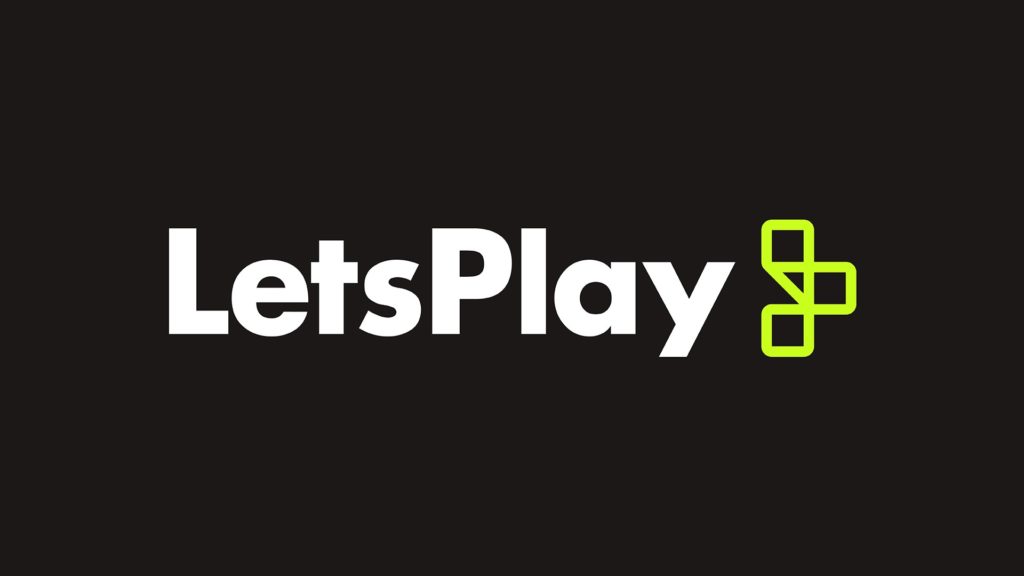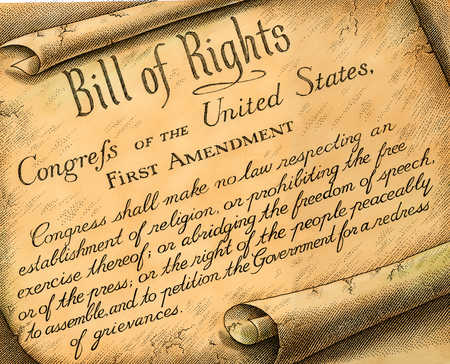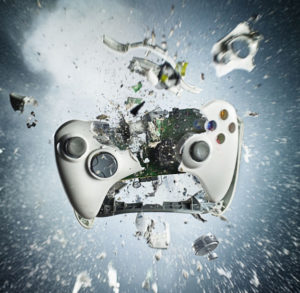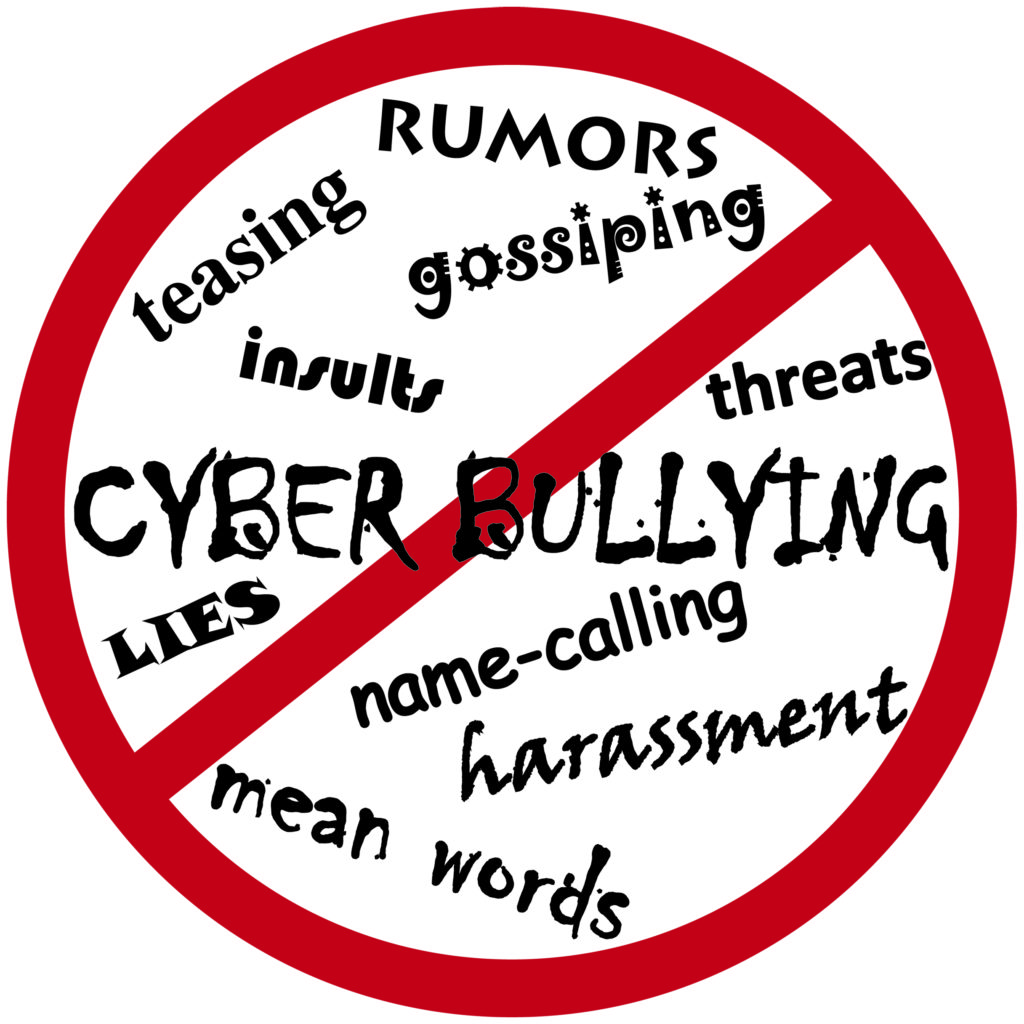
By Mona Ibrahim
The Let’s Play “Movement”, so to speak, has been around for a while. To put it simply Let’s Play is the practice of recording and sharing game playthroughs on sites like YouTube. Often these videos contain commentary and undergo a certain amount of editing to optimize the viewer experience. It gives the gaming community a chance to witness the player’s experience, determine game difficulty, laugh at the player’s screw ups… you get the idea. It’s also an excellent source of viral marketing for developers and publishers alike. That’s why many independent game developers, such as Level Up Labs’ Lars Doucet, actively back the Let’s Play movement.
This movement has spawned no few Internet celebrities or “professional fans”. Thanks to YouTube’s ad-based monetization system, these players have turned Let’s Play videos into a supplementary source of income or, in some cases, a full time job. Thanks to ad revenue based on high-volume viewership, producing Let’s Play videos can become a fairly lucrative venture.
And this is where the problem begins. Once monetization is introduced in any content model the various rights holders will begin to fight over who owns that money. However, thanks to YouTube’s Content ID claim system the standard method of managing potential infringement claims has changed. But we’ll get to that later. For now, let’s take a legal look at Let’s Play content.
Okay, now what is Let’s Play, legally speaking?
From a legal perspective a Let’s Play video would almost certainly constitute a derivative work under domestic and international copyright law. A derivative work, for the uninitiated, is a work that is based upon one or more pre-existing copyrightable works that recasts, transforms, or is an adaptation of those works. Examples would include cinematic adaptations like Twilight, The Hunger Games, and Ender’s Game that are based on best-selling novels, as well as things like translations, musical arrangements (which are adaptations of an original score), editorial revisions… Basically anything that adds new, creative, and original elements to the underlying work regardless of whether those new elements are separable from the underlying works.
So are Let’s Play videos protected under Copyright?
This is where things become tricky and I am perforce required to rely on every attorney’s faithful go-to response when there is no one answer: It depends. A derivative work based on a lawfully licensed underlying work is protected under a separate and independent copyright. In other words it isn’t protected under the underlying work’s copyright—it gets its very own brand-spanking new set of rights all by itself. However, for a work to be protected under copyright it must be “lawful”. A derivative work based on an unlicensed underlying work is arguably unlawful, and therefore may not be entitled to copyright protection. 17 U.S.C. ss. 103(a); Pickett v. Prince, 207 F.3d 402, 406 (7th Cir. 2000).
I say arguably because the new copyrightable elements that are divorceable or separable from the original work are, for the most part, entitled to their own copyright protection. This may be true even if the producer of the derivative work doesn’t have a license to use the underlying work. That probably sounds more complicated than it actually is, so I’ll give you an example. Let’s take the anime adaptation of the video game Tales of Vesperia (pretty “otaku”-ish reference, but it’s the first thing that came to mind so I’ll own it). “First Strike” borrowed the world and characters from the game—however, the storyline itself was essentially a prequel that the game only vaguely alluded to. That story, taken separately, is entitled to its own separate copyright protection. You could change the characters and the world and the story itself would still be original enough to afford it protection under the Copyright Act. Incidentally this holds true for several film adaptations of video games, the most obvious example being the Resident Evil film franchise.
Elements that aren’t divorceable or separable from the underlying work, on the other hand, are not entitled to copyright protection. In that case you would certainly require a license in the underlying work for the derivative work to have valid copyright protection.
So how does all of this effect the rights in a Let’s Play video? Once again, it depends. If a Let’s Play video includes commentary, independently created animations, “spoofs” and other content not original to the underlying game being played, those elements may be entitled to their own separate copyright protection. An audio recording of an original script or running dialogue, for example, is separable from the underlying game being played. Therefore the video’s creator, regardless of whether (s)he has obtained a valid license to record and distribute the playthough on YouTube, may nonetheless hold a valid copyright in that separable content.
This argument becomes weaker when the video simply shows someone playing a game without additional content or commentary. Editing, for example, isn’t something you can really consider “separate” from the underlying work no matter how creative you’ve gotten with your mad editing skills. You would require a license in the underlying work if you want to claim copyright protection in that playthrough as a derivative work.
Even if separable elements are protected under their own copyright, the underlying content owner would still have a valid claim to pull your Let’s Play video from YouTube or other video upload sites if you don’t have a valid license. Websites that permit user-generated content are traditionally absolved from contributory copyright infringement liability thanks to the DMCA’s take down procedure. It’s therefore not surprising that websites are quick to comply when they receive a take-down notice. YouTube’s Content ID Claim system has put an interesting wrinkle in this procedure, however.
The “Traditional” Take-Down System versus Content ID Claims
When I say interesting, I mean “problematic”. And I say problematic because the Content ID Claim system potentially runs counter to the underlying policy of the DMCA safe harbor, which is intended to prohibit unlawful infringement. The DMCA safe harbor wasn’t established to permit content owners to monetize derivative works produced by third parties—it’s meant to prohibit the unlawful distribution of a protected work.
Under the “traditional” DMCA take-down procedure, a rights holder will submit notice of infringement to the website claiming DMCA safe harbor protection. After a (granted, predominantly cursory or non-existent) review the website will remove the user generated content from the site. The user who uploaded the content would then have to submit a counter-notice (aka a “put back up” notice) stating that the content is non-infringing or is fair use. It’s up to the website to decide whether to put the content back up. If they do decide to put the content up, the original content owner would have to take actual legal action by filing a civil claim in an appropriate jurisdiction. The content owner can then submit a copy of the complaint to the website, which may elect to remove the allegedly infringing content once again.
The Content ID Claim system, however, doesn’t follow this procedure. Instead it allows content owners (or even fraudulent claimants) to hijack and monetize user-generated content even if the user’s inclusion of the underlying work constitutes nominal or fair use. This is, obviously, very different from removing potentially infringing content. Ironically, it facilitates a system whereby the original content owner becomes an infringer.
Wait, what?
You may be asking yourself that after reading that last sentence, but remember that separable elements of a derivative work may themselves be the subject of copyright protection. Furthermore, if the use of the underlying content is nominal or fair use, the entire derivative work product is protected under copyright. By claiming rights to that work, continuing to distribute it, and in turn generating ad revenue from that work, the underlying content owner has in effect become the infringer—not only that, but they’re building up a pretty substantial damage claim on behalf of the user who created the Let’s Play video in the first place.
I’ll give you a minute to digest that.
That being said, we are talking about games, here, so…
So I’ve posited the legal position the Let’s Play community could arguably take, but let’s face it—the Let’s Play community and the gaming community in general probably isn’t interested in coming to loggerheads with companies like Nintendo. This should be a symbiotic relationship, not an antagonistic one. The thought of the Gaming Industry transforming into an RIAA-like consumer-hating entity is a terrifying prospect.
As for Nintendo’s official stance regarding this matter, they submitted the following statement to Game Front:
“As part of our on-going push to ensure Nintendo content is shared across social media channels in an appropriate and safe way, we became a YouTube partner and as such in February 2013 we registered our copyright content in the YouTube database. For most fan videos this will not result in any changes, however, for those videos featuring Nintendo-owned content, such as images or audio of a certain length, adverts will now appear at the beginning, next to or at the end of the clips. We continually want our fans to enjoy sharing Nintendo content on YouTube, and that is why, unlike other entertainment companies, we have chosen not to block people using our intellectual property.”
It’s evident that there are some very, very broken aspects to YouTube’s current policy. However, that doesn’t give users permission to steal content without a license. Furthermore there are many developers and publishers who not only permit Let’s Play videos, they encourage them.
I do not recommend boycotting companies like Nintendo on the basis of their decision to regulate the usage of their content. They are well within their rights to do so, for the most part. While I think exploiting the Content ID Claim system to monetize content created by their fan base is a dick move, it’s not (well, not always, at least) per se illegal. However, I do think that the current system is all too easy to exploit and it’s damaging to the Let’s Play community in general.
Your biggest asset when creating a Let’s Play video is a content license to or permission to use the underlying work. If you want to show your support to the Let’s Play community, support the developers and publishers who nurture that community.





0 Comments